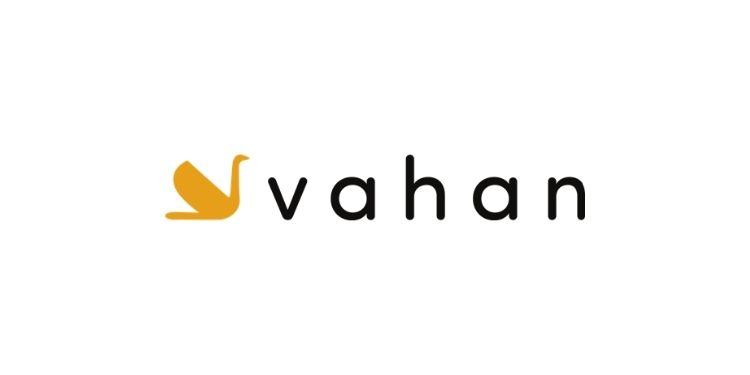New Delhi: Despite the growing cases of the highly infectious Omicron variant of Covid-19 across the country, India’s flourishing blue-collar segment is anticipating higher demand growth for blue-collar workers across the delivery category in 2022. Although this developing situation has raised some uncertainty of a possible third wave, there is a strong likelihood of it manifesting itself through/accelerating shift in consumer behavior towards a more digital world and triggering lasting changes in online shopping behaviors.
Vahan, a technology start-up that enables companies to hire blue-collar workers at scale, sees the year 2022 as one of further acceptance of online shopping behaviors by consumers across categories. The company believes that this emerging situation will lend support to a massive surge in demand for delivery workers where metros will contribute over 60% of the overall demand in 2022 followed by tier two and tier three cities. Vahan witnessed rapid demand for delivery workers in the August to November 1st week period last year fueled by contests, discounts, incentives, etc. running across the board around the IPL season and T20 world cup.
A rapidly growing cohort of consumers identifies speed, convenience, and quality as the most important elements of a positive customer experience. This trend is likely to hold true in the near future where grocery delivery service providers will extend quick commerce service to attract and retain customers. Vahan data shows that the grocery delivery service providers offered quick commerce and narrowed the delivery radius to 2-3 km during the festive season last year. This stoked cyclist demand and brought more temporary workers thereby increasing the hiring pool. The company is expecting a month-on-month increase in demand close to 30% across industries in 2022 as against 25% across industries in 2021 with the food delivery category as the major contributor.
Bike taxis and food and grocery delivery have lent heft to the booming e-commerce industry in India. This has been corroborated by Vahan’s data which shows that companies hired almost double of their business-as-usual (BAU) numbers in the festive period of 2021. As per Vahan, bike taxis emerged as a preferred mode of commute during the pandemic period and its sustained demand in the August to November 1st week period indicates changing travel patterns of consumers at large. Vahan expects bike taxis to gain more popularity in 2022 with demand coming from all across the country and an upward spiral in demand for e-commerce in tier 2 and 3 cities with rising internet penetration pan India and consequent changes in consumer buying habits.
The year 2021 was marked by the increasing focus of organisations in the delivery space to achieve gender parity at the workplace. This indicated a change in perception that delivery work is not appropriate for women. This trend is likely to take root in 2022 onwards and open space for the women to enhance their contribution to the delivery segment to 15% in 2022 up from around 7-10% of the overall hiring requirement per month of delivery staff across industries from food delivery to e-commerce in 2021.

According to Madhav Krishna, Co-founder and CEO, Vahan, “The blue-collar job market in India is set to repeat its astounding growth performance in 2022 as online shopping behavior and preference for speedy delivery takes root in the country. Vahan, with its technology enabled recruitment platform which seamlessly connect employers and delivery workers effectively, with speed and at an unprecedented scale is clearly sitting in a sweet spot given the growing number of organizations embracing delivery model and increasing number of blue-collar workers wake up to a new dawn of comfort and convenience online recruitment portals like Vahan brings to them.”
India has over 250 million blue-collared workers, and this number is growing with a decline in agricultural employment and the addition of around 7-8 million new college graduates to the workforce every year, 60% of which lack employability skills and end up joining the blue/grey-collar workforce. This presents a massive opportunity for placement in the blue-collar industry.

















